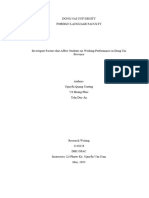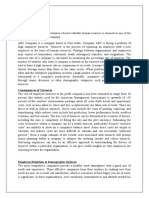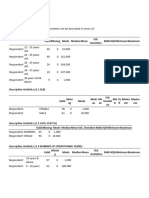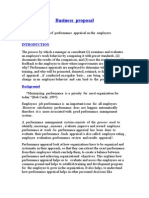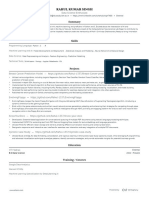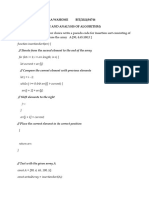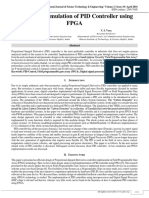0% found this document useful (0 votes)
203 views133 pagesLeadership Styles & Work Engagement
This document provides information about a workshop on structural equation modeling using AMOS. The workshop will cover:
1. Introduction to structural equation modeling and the three levels of AMOS analysis.
2. Steps for conducting confirmatory factor analysis (CFA) to validate measurement models, including requirements for model fit, factor loadings, convergent validity, and construct reliability.
3. Examples of conducting CFA for different leadership styles (transformational, transactional, laissez-faire) and other constructs like employee motivation and work engagement.
The workshop aims to equip participants with the skills to use AMOS to test measurement models and relationships between latent constructs in their research.
Uploaded by
DeyemiCopyright
© © All Rights Reserved
We take content rights seriously. If you suspect this is your content, claim it here.
Available Formats
Download as PDF, TXT or read online on Scribd
0% found this document useful (0 votes)
203 views133 pagesLeadership Styles & Work Engagement
This document provides information about a workshop on structural equation modeling using AMOS. The workshop will cover:
1. Introduction to structural equation modeling and the three levels of AMOS analysis.
2. Steps for conducting confirmatory factor analysis (CFA) to validate measurement models, including requirements for model fit, factor loadings, convergent validity, and construct reliability.
3. Examples of conducting CFA for different leadership styles (transformational, transactional, laissez-faire) and other constructs like employee motivation and work engagement.
The workshop aims to equip participants with the skills to use AMOS to test measurement models and relationships between latent constructs in their research.
Uploaded by
DeyemiCopyright
© © All Rights Reserved
We take content rights seriously. If you suspect this is your content, claim it here.
Available Formats
Download as PDF, TXT or read online on Scribd
/ 133














